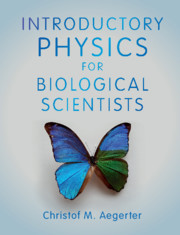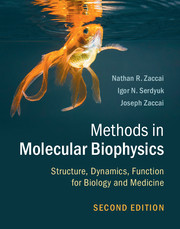HISTORICAL REVIEW
1820
J.-B. Biot and F. Savart collaborated on the theory of magnetism. Their eponymous law (formulated in 1820) describes the motion of a charge in a magnetic field.
1872
Ernst Abbe formulated his wave theory of microscopic imaging. In 1878, he was able to correlate resolution and wavelength of light mathematically. A few years later, through the company Zeiss, he commercialized the first ever lenses to have been designed based on sound optical theory and the laws of physics.
1873
In the second half of the nineteenth century, J. C. Maxwell established the laws of electromagnetism. His equations first appeared in fully developed form in his book Electricity and Magnetism (1873).
1897
J. J. Thomson discovered electrons by demonstrating cathode rays were actually units of electrical current made up of negatively charged particles of subatomic size. For these investigations, he won the Nobel Prize for physics in 1906.
1924
In his doctoral thesis, de Broglie theorized that matter has the properties of both particles and waves. He received the 1929 Nobel Prize for physics. The particle–wave duality was confirmed experimentally for the electron a few years later by C. J. Davisson and L. H. Germer, and by G. P. Thomson. Thomson and Davisson jointly shared the Nobel Prize in physics in 1937.
1926
H. Busch described a lens to focus electrons. H. Ruska subsequently built the first working electron microscope in 1930 (Nobel Prize in 1986). Ruska's 1931 paper contains for the first time the term “electron microscopy.” The principle behind this type of microscope has not varied significantly since.
1932
Fritz Zernike invented the phase-contrast light microscope, which uses a quarter-wave plate. He was awarded the 1953 Nobel Prize for physics for this work, which opened up the study of transparent biological materials. The feasibility of a scanning electron microscope was demonstrated by Knoll in 1935, and the first prototype was built by M. Van Ardenne three years later. By the late 1930s, electron micrographs of recognizable value to biologists were being published. In 1942, S. E. Luria obtained the first high-quality electron micrograph of a bacteriophage.
1940s
The negative staining technique came into extensive use in the 1940s, although it was only in 1955 that C. E. Hall recognized, and deliberately used, phosphotungstic acid as a negative stain. In 1959, S. J. Singer used ferritin-coupled antibodies to detect cellular molecules.

